What to Do When Your Face is Darker Than Your Body
Last week, we talked about the not-so-uncommon phenomenon of having a face that's lighter than your body.
Now, the reverse problem. What do you do when your face is darker than your neck and chest?
Maybe it's a naturally deeper tone. Maybe your complexion looks darker and more red, yellow or tanned. Or maybe it's just that your makeup is failing you!
In terms of celebrity examples, Claire Danes is the first one that comes to mind:
There's a significant difference between the darker, pinkier tone of her face versus her neck.
I doubt that model Alek Wek is wearing much foundation; she just has a naturally darker face than her chest.
renee Zellweger (here, pre-interventions) has often been spotted on the red carpet with a reddish hue to her face.
It's been said that she suffers from rosacea, so makes sense that her face would be more inflamed/irritated.
Then there's Kelly Osbourne:
I think this is probably a makeup malfunction, but some people do take on a yellowish hue from not processing beta carotene well (more on that in a sec!).
Another example of a darker and more yellow tone is Mollie King:
How do you fix this problem? It could be your makeup, your self-tanning application, your skincare regimen, your SPF habits or even your diet. Here's what I suggest:
1. Check if you're wearing the right foundation shade.
Whenever there's a shade differential between face, neck and check, the first step is to always check your makeup match—that is, if you wear foundation, tinted moisturizer or a BB/CC cream.
The best way to find the right shade of skin makeup is to swatch it in multiple places. Forget the back of your hand, which tells you nothing. Instead, try it along your jaw, in the centre of your face, under the eyes, on your neck and on your chest. Make sure to inspect the results in good natural (outdoor) light. Store lighting is notoriously bad and could really skew your judgement!
The standard advice is to choose the foundation shade that “disappears” into your skin. Obviously, if your face is darker (or lighter), this might not apply. Hence, you will need to do one of two things:
- Match the foundation to your face: Even if it is darker than your neck and chest. This can look the most realistic, as you're not hiding your real skin tone. The only catch? You'll probably want to use a matte bronzer, contour or even self-tanner to darken your neck and chest, so that they don't look so light in comparison. (You could take your liquid makeup down your neck, but be careful about getting it on your clothes! I find powders easier to work with.)
- Match the foundation to your neck or chest: This option works well if your face has a lot of redness or sallowness, making it look darker. I've had great success with using foundations in a more porcelain shade, to match my neck; as long as they are on the sheer side, the slightly lighter pigments look better on me to camouflage the red. However, I would never recommend going any lighter than one shade up, and avoid heavy coverage products. This will keep things looking natural and not mask-like.
When you're doing your shade research, also keep undertones in mind. In the photos above, Claire Danes and Mollie King are good examples of how the wrong undertone can make your face look darker and just “off.” Claire needs a foundation that is more neutral and not so pink, whereas Mollie needs pinker undertones instead of the yellow.
In general, makeup artist professional lines will have the best range of realistic skin shades so you can find the tone and depth you need. Although many drugstore and department store brands are getting better with their foundations, they tend to lean too pink. I think your best bet is to check out lines like Make Up For Ever, MAC, NARS, Bobbi Brown, Giorgio Armani or Laura Mercier.
If you've got a not-so-ideal shade in your collection that you still want to use, then check out the Cover FX Custom Cover Drops. This is the only product I've heard of that is just concentrated pigment, which you can then mix with other products to go lighter, darker or a different tone—or to simply get more coverage.
2. Prevent your foundation from oxidizing.
Another major reason for a bad makeup match is oxidization. That means that your foundation could be perfect when you first put it on in the morning, but as the day goes by, the colour darkens as the pigments react to your skin's natural oils. This tends to happen more often on oily skin or in humid weather.
To prevent it, try using an oil-controlling primer underneath your foundation to create a barrier. I really like Make Up For Ever's new Step 1 Skin Equalizer Mattifying Primer (reviewed here):
An even more oil-sopping primer is Becca Ever-Matte Poreless Priming Perfector (reviewed here):
Also important: set your makeup with a translucent powder, such as Make Up For Ever HD Microfinish Powder (the best in my opinion!):
Another finely milled translucent powder is Too Faced Primed & Poreless Powder:
Finding a foundation that doesn't oxidize on you can be a trial and error process. Ask the store for a sample first and see how it wears.
3. Darken with bronzer or contour.
As with a lighter face and darker body, you can use bronzer or contour to even out your tones. Except in this instance, you're going to use these products primarily to darken the skin on your neck and chest, instead of your face.
(Although you may also want to take it to the high planes of your face, just to make everything seamless.)
Make sure you choose a matte product with no shimmer, so that it looks the most natural. I find powders the easiest to use.
I already suggested a few good products here, but I'll give you a few more recos. Chanel Les Beiges Healthy Glow Sheer Colour came out last year and is incredible as a sheer bronzer. There are five shades, which is amazing for a powder product.
Dior's answer to Chanel is new Diorskin Nude Air Powder. It comes in only three shades but is also matte and sheer.
A goodie I've had in my collection for years is Lancôme Star Bronzer. The shimmer is almost non-existent and it's very natural-looking.
Benefit Hoola is another good non-shimmery choice, with a little more intensity, so it can work on many skin tones:
At the drugstore, try Physicians Formula Magic Mosaic Bronzer, which is one of the few matte options there.
4. Try a colour corrector.
We've talked about using an primer to prevent foundation oxidization by soaking up excess oil. But have you considered using a primer to adjust the tone of your complexion, so that your foundation doesn't have to work so hard?
This is a great strategy for skin that appears darker because of redness. I have been amazed by the powers of the aforementioned Make Up For Ever Step 1 Skin Equalizer in the green Redness Correcting shade (also reviewed here). It seriously neutralizes angry-looking skin, without turning you into Kermit the Frog.
Make Up For Ever also has primers in blue, pink, yellow, peach and caramel, so you could choose a different tone depending on your correction issue. Personally I've found the blue one also works really well to give the face a more even, porcelain tone! See my before and after here.
Clinique makes a range of colour correctors called Superprimer. This one is specifically formulated to camouflage Sallowness.
There are also Superprimers for Redness, Discolourations, Dullness and Dullness in Deeper Skin Tones.
Another way to adjust your tone is with new Bobbi Brown Retouching Powder. There are six shades of this loose powder, which can go on bare skin or on top of other makeup as an alternative to blush or bronzer. The Yellow one, for example, tones down redness in light to medium skin.
It also comes in White, Peach, Pink, Rose and Brown.
5. Use a self-tanner or instant tint.
Products designed to fake the look of a tan can help you get your neck and chest dark enough to match your face.
My recommendation with self-tanners: start with a gradual product, designed to darken with repeat applications, so that you can figure out how much (or how little) you'll need to get a match.
Vita Liberata seems to be the top-rated tanning brand right now, and they have a Fabulous Self Tanning Gradual Lotion (yep, it's called “Fabulous”):
My go-to tanning brand (when I used to self-tan) was Shiseido. Never failed me! So their Daily Bronze Moisturizing Emulsion would be a great choice. You can use this on face and body.
Clarins Radiance-Plus Golden Glow Booster is a really cool innovation. You mix a few drops with your regular moisturizer to turn it into a gradual tanner.
If you're not down with faux-tanning, then there's a new generation of products, usually gels, that give you instant colour and then wash right off! No stinky self-tanner smell, and unlike foundations or cream bronzing products, they won't transfer onto your clothes.
Tarte Maracuja Rainforest Glow Instant Matte Waterproof Body Perfector delivers instant, waterproof matte colour:
The Body Shop Honey Bronze Tinted Face Gel could easily go on neck and chest instead:
At the higher end, there is Sisley Phyto-Touche Tinted Body Sun Glow Gel.
You may need to add a lighter tan on your face to match these products on your neck and chest, so there is no difference in tones.
6. Check your skincare regimen (and diet!).
It's possible that your face is looking darker than your body because of something going on in your skincare regimen.
First up (and I have to ask)—are you protecting your face with SPF always? Sun exposure can add up, even on cloudy days, and even get you when you're indoors or in a car behind glass. So make sure you're using a good SPF 30 day in, day out.
A few of my faves include CyberDerm Simply Zinc Sun Whip (zinc-based but non-whitening):
SkinCeuticals Physical Fusion UV Defense (mineral and with a subtle universal tint):
Also Suntegrity “5 In 1” Natural Moisturizing Face Sunscreen, available in five shades.
Another explanation is irritation, causing a darker look from the redness and inflammation. Are you exfoliating a lot? Using harsh actives? Scrubbing too hard with a Clarisonic or other skin tool?
Sometimes easing up a bit and babying your skin can help it calm down and return the colour to normal. If you're using acids such as glycolic or salicylic, try them less frequently—such as every other day or every few days—or switch to lactic acid for a gentler exfoliation. I love Biologique Recherche Lotion P50, which is lactic-based (review here).
Ingredients like retinoic acid (Retin-A) can definitely alter the colour of your face during treatment. Here are some tips for making Retin-A more tolerable. The same advice stands for any other potential irritant you're putting on your skin. Slow and steady wins the race!
On the other hand, a darker face could be from dead skin cell build-up, i.e. not exfoliating enough. If your skin is normal and calm, you could try introducing an exfoliating step into your routine. Retin-A by prescription would speed up the skin-sloughing process even further.
Many people also try 4 percent hydroquinone to lighten dark pigment. The brand I've tried (just on my cheeks) in the past is called Lustra, which can be a little irritating depending on your skin type. I'm not sure if you require a prescription for it now, but I bought it over-the-counter. Results from hydroquinone can be a bit unpredictable—for some people, it works, but I honestly I didn't notice much if any difference. The IPL laser I wrote about here worked better. If you do try hydroquinone, be aware that you're not meant to use it for more than six months at a time.
Of course, if your darker face is from a rosacea skin condition (see: renee Zellweger), then it's not a quick fix, and you may need to see a dermatologist. This is also a really interesting article about the root cases of rosacea, which you might be able to address through diet.
Speaking of diet, one more thing! Some people's faces take on a darker and more yellowish cast and it could be from what you're eating. If you're consuming foods high in beta-carotene, such as carrots, papaya or sweet potatoes, your body must then convert that beta-carotene into vitamin A. People with low thyroid, poor liver function and/or low B12 tend to have impaired conversion and will instead store some of the beta-carotene in their tissues. Voilà, a yellow-tinged face!
It's happened to me so I definitely speak from experience! What I do now is avoid eating too many foods with beta-carotene (it impairs thyroid function anyway). I still eat carrots, but I just grate and rinse them to get rid of some of the orange. You can read more about this in my article about carrot health benefits.
The Bottom Line
There are many things that might cause a darker face than your body, so this problem requires a bit of detective work to get to the root causes. In the meantime, options abound to correct the colour differential, whether it's by priming, tanning, tinting, bronzing, powdering or changing the shade of your foundation.
For the most natural fake-out, think sheer and matte! And blend, blend, blend. The final step? Check yourself in daylight to make sure the transition from face to neck to chest is seamless, natural and believable.
Shop the Story
Have Your Say
Have you ever had a darker face than your body? How do you deal with it? Have you tried any of these products or tips?

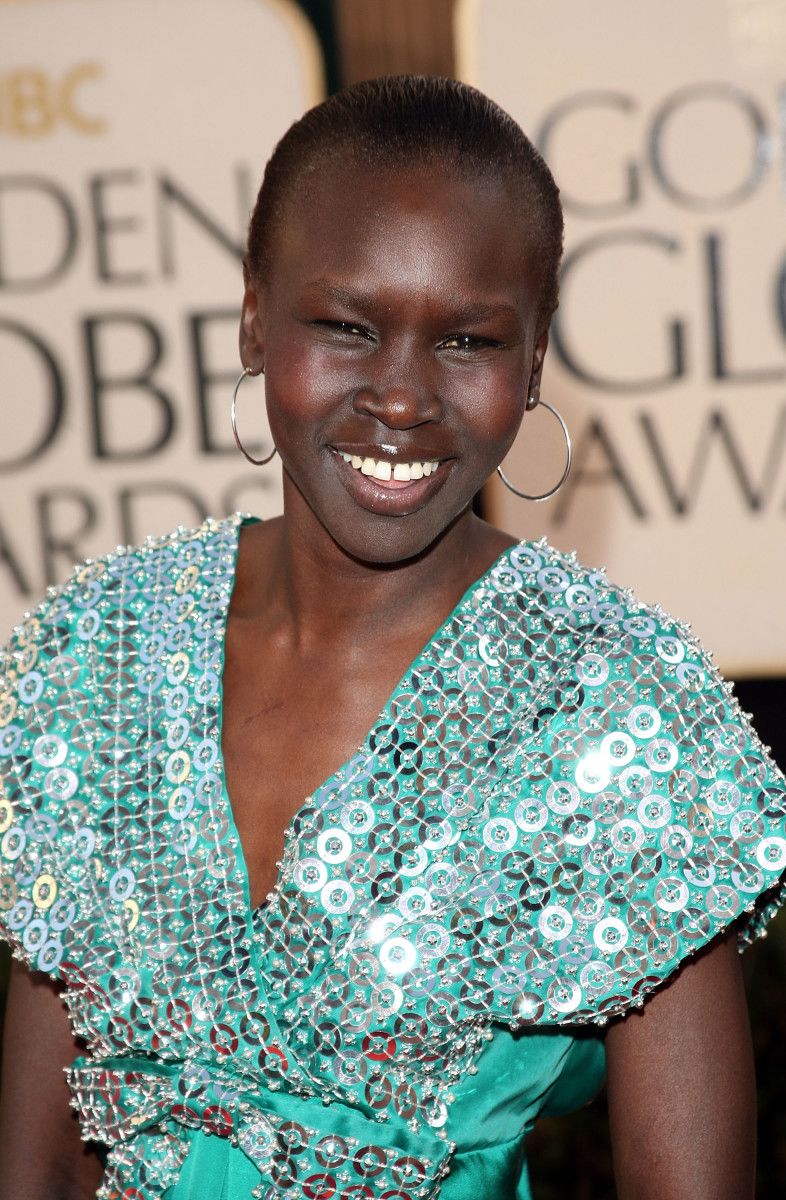
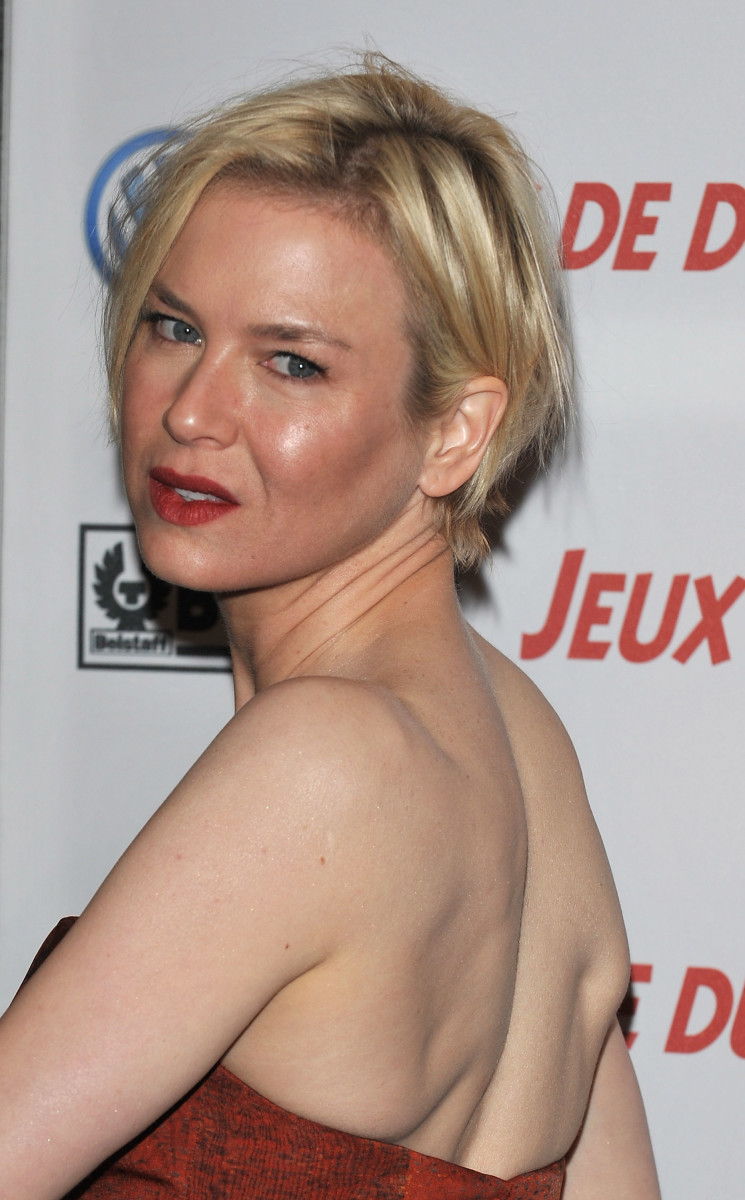
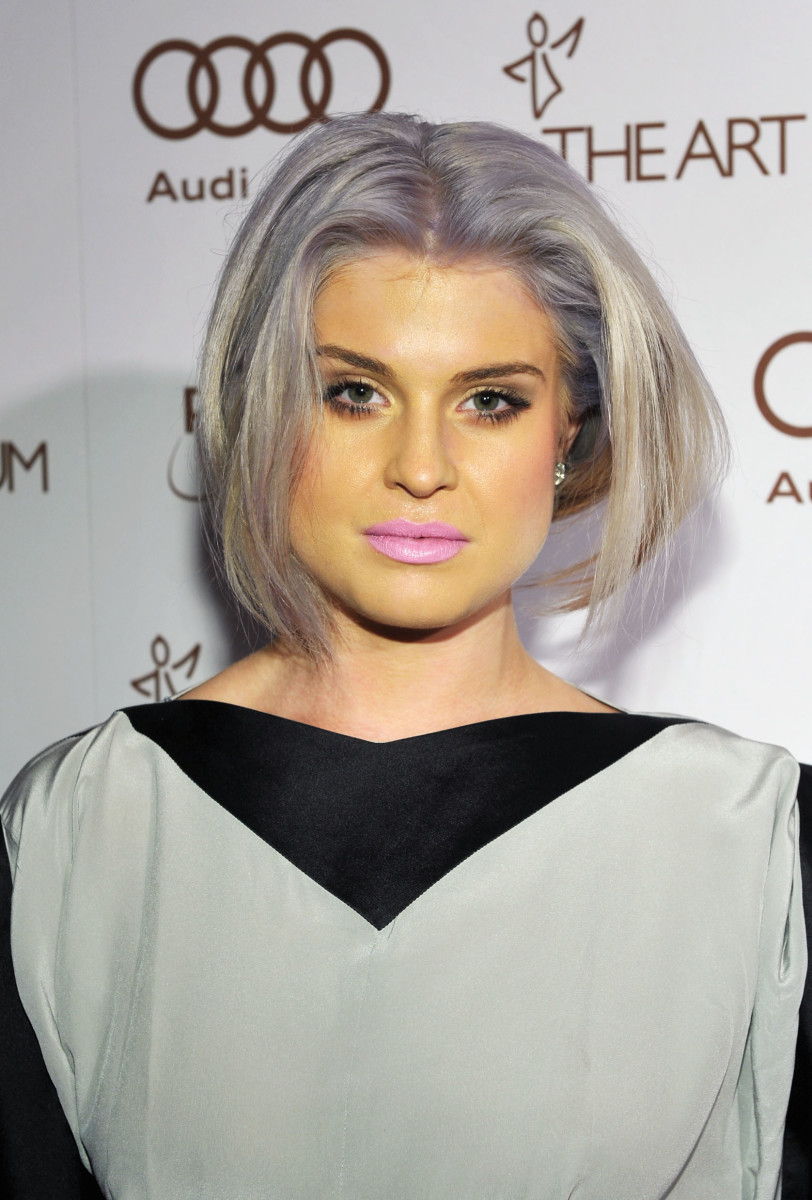

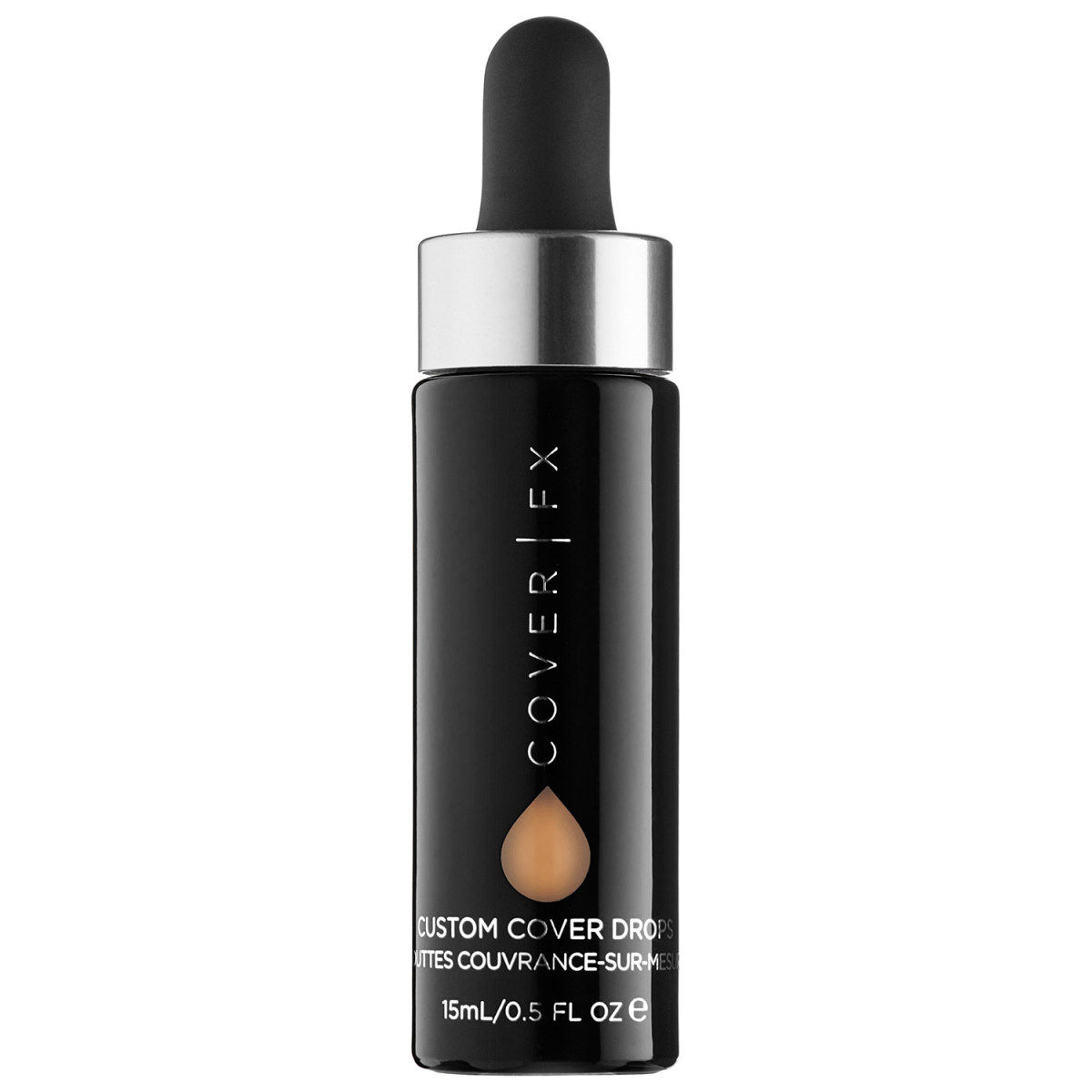




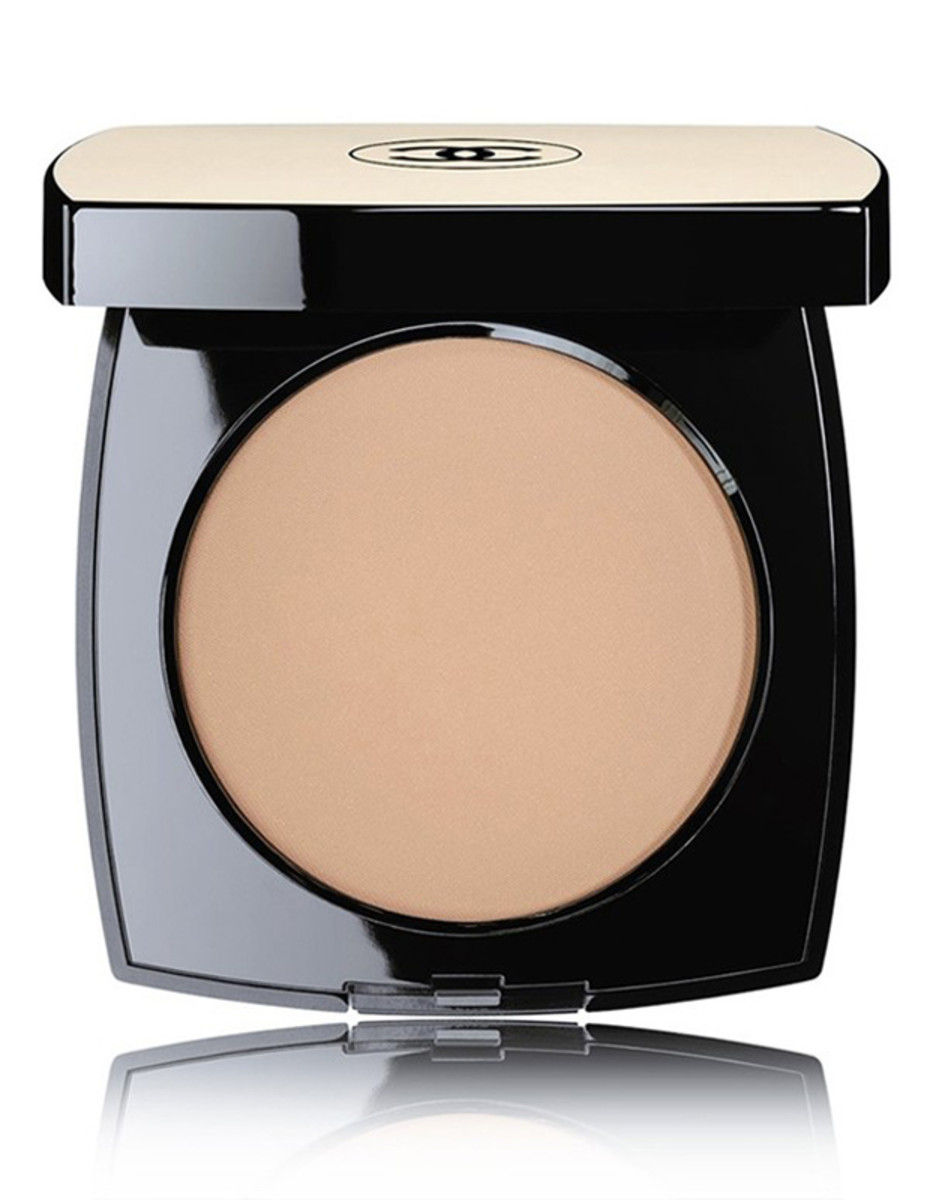
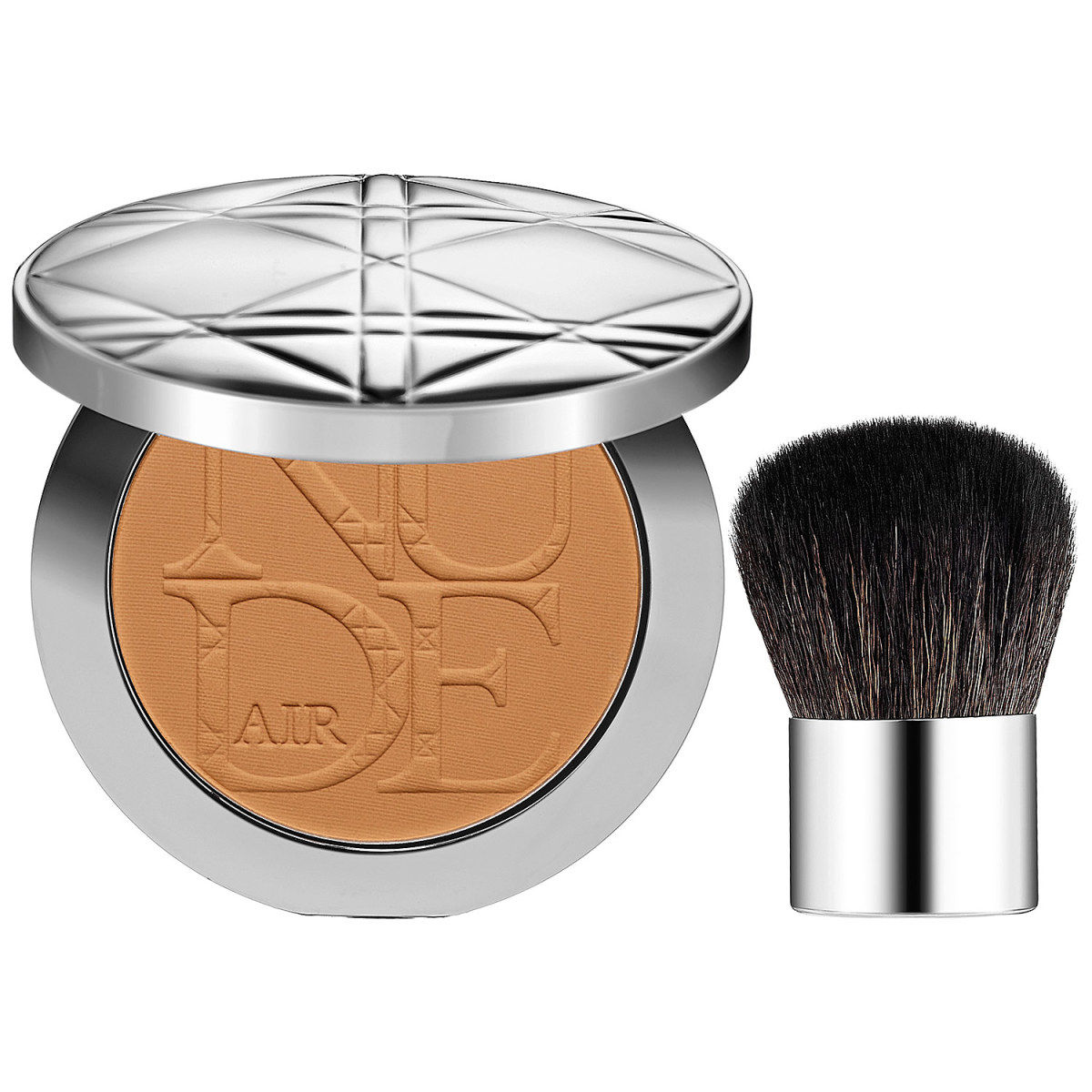




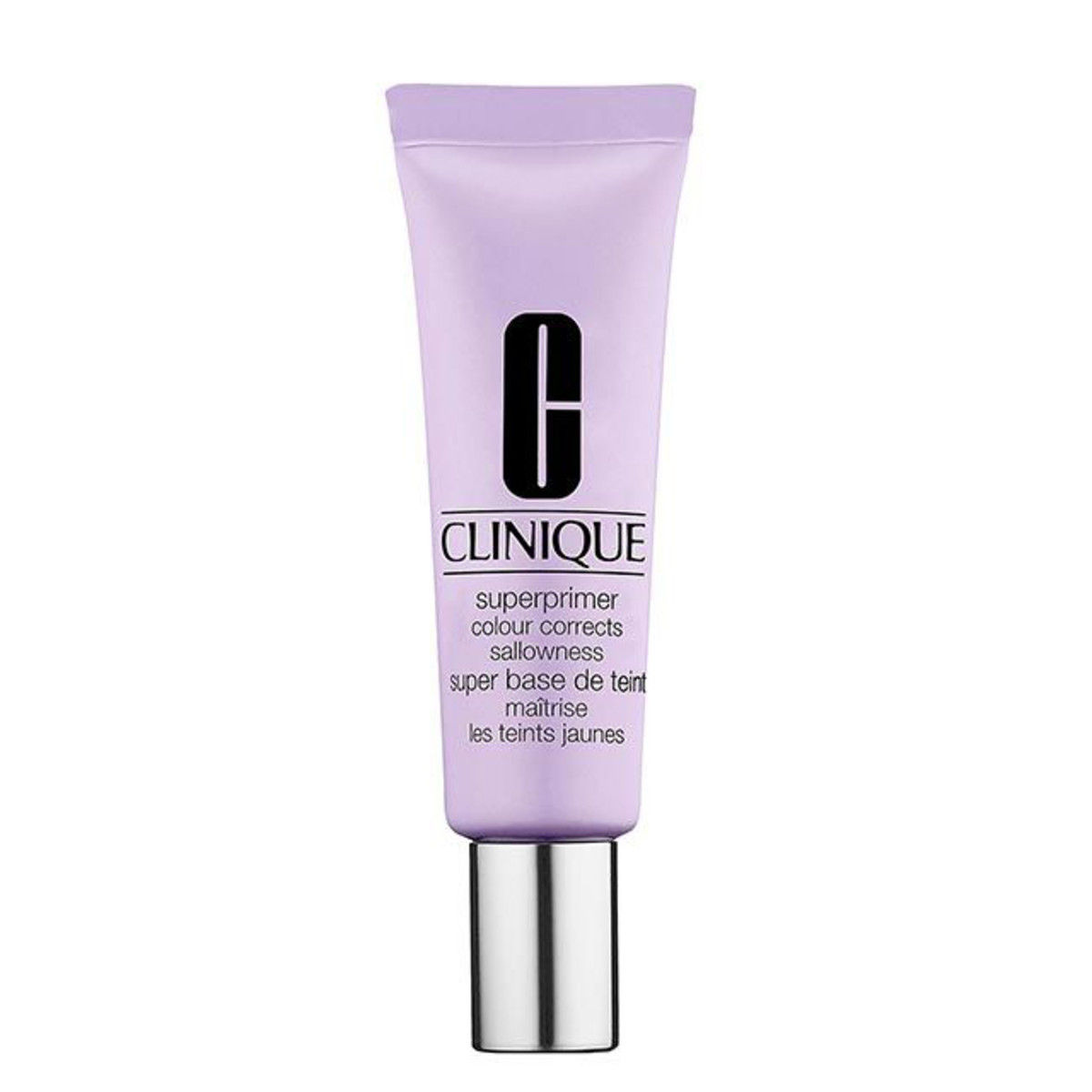

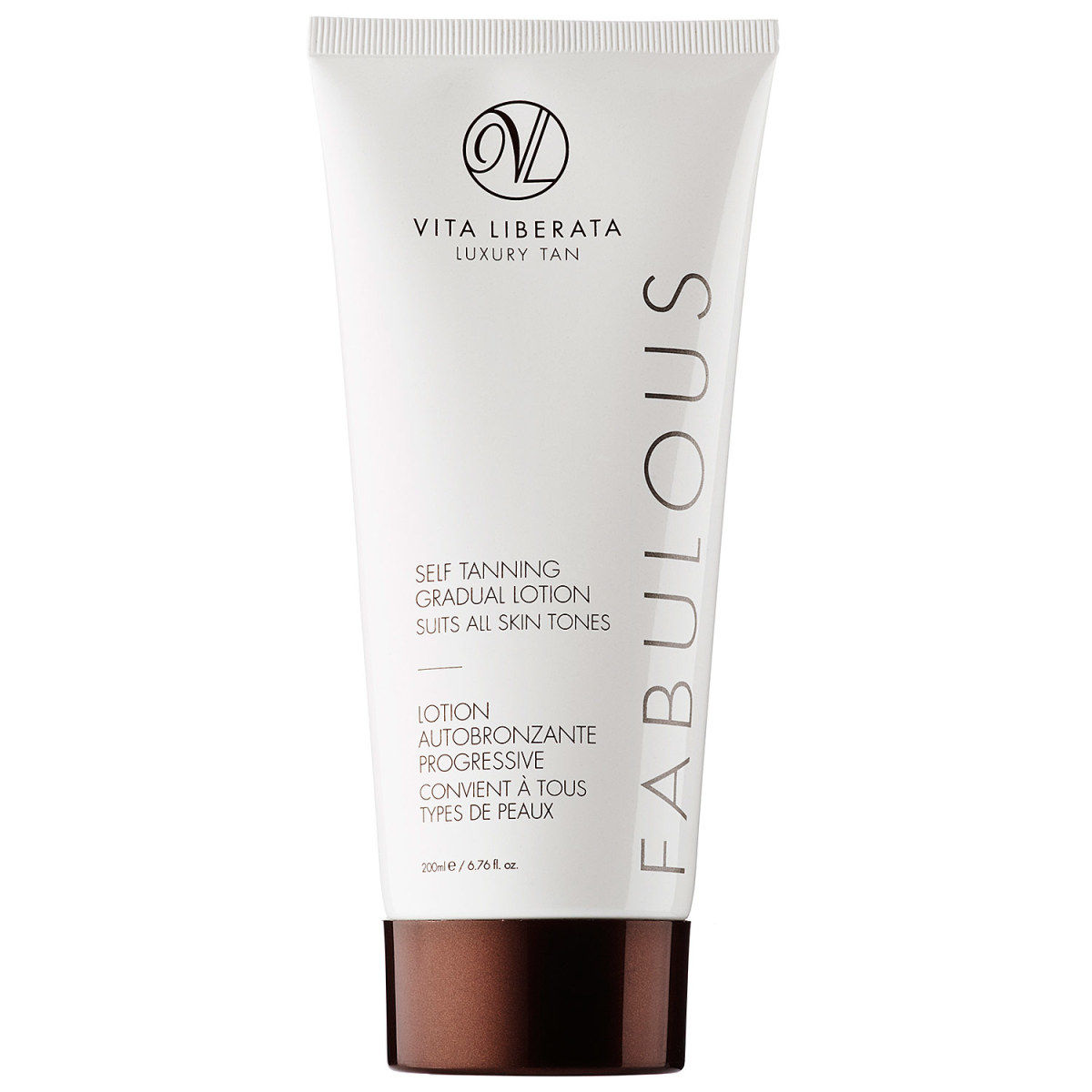
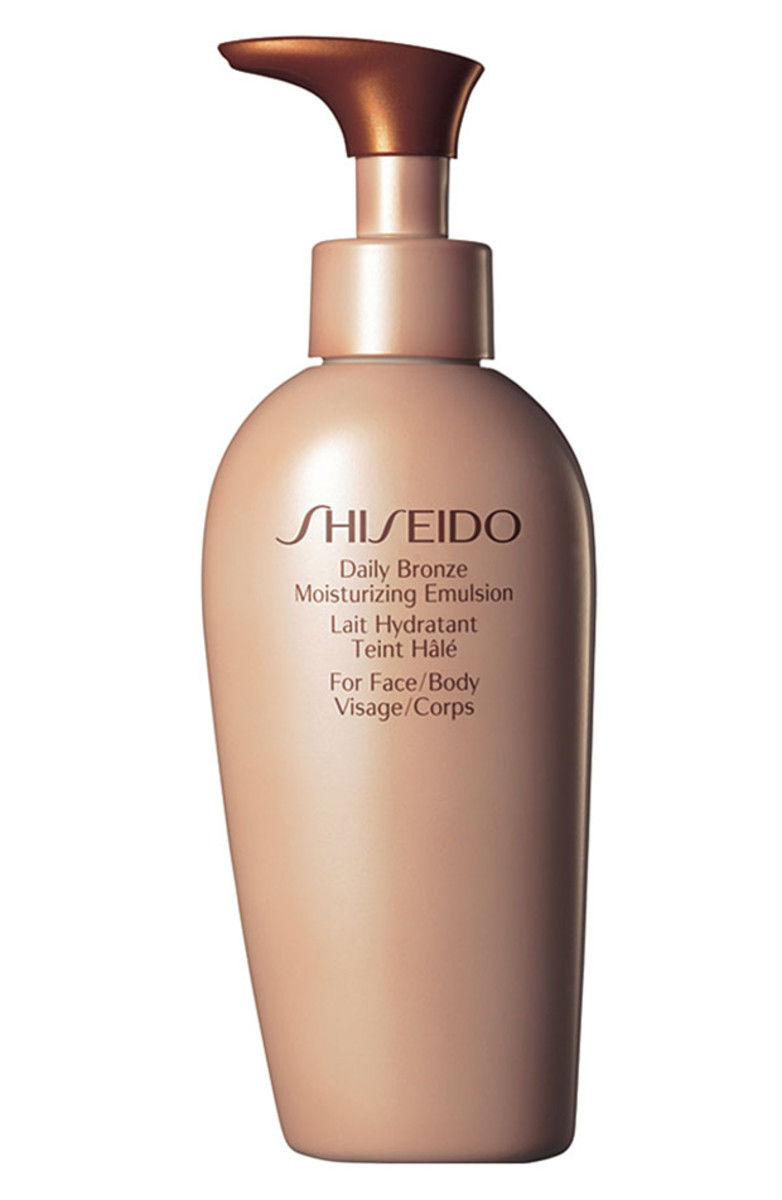
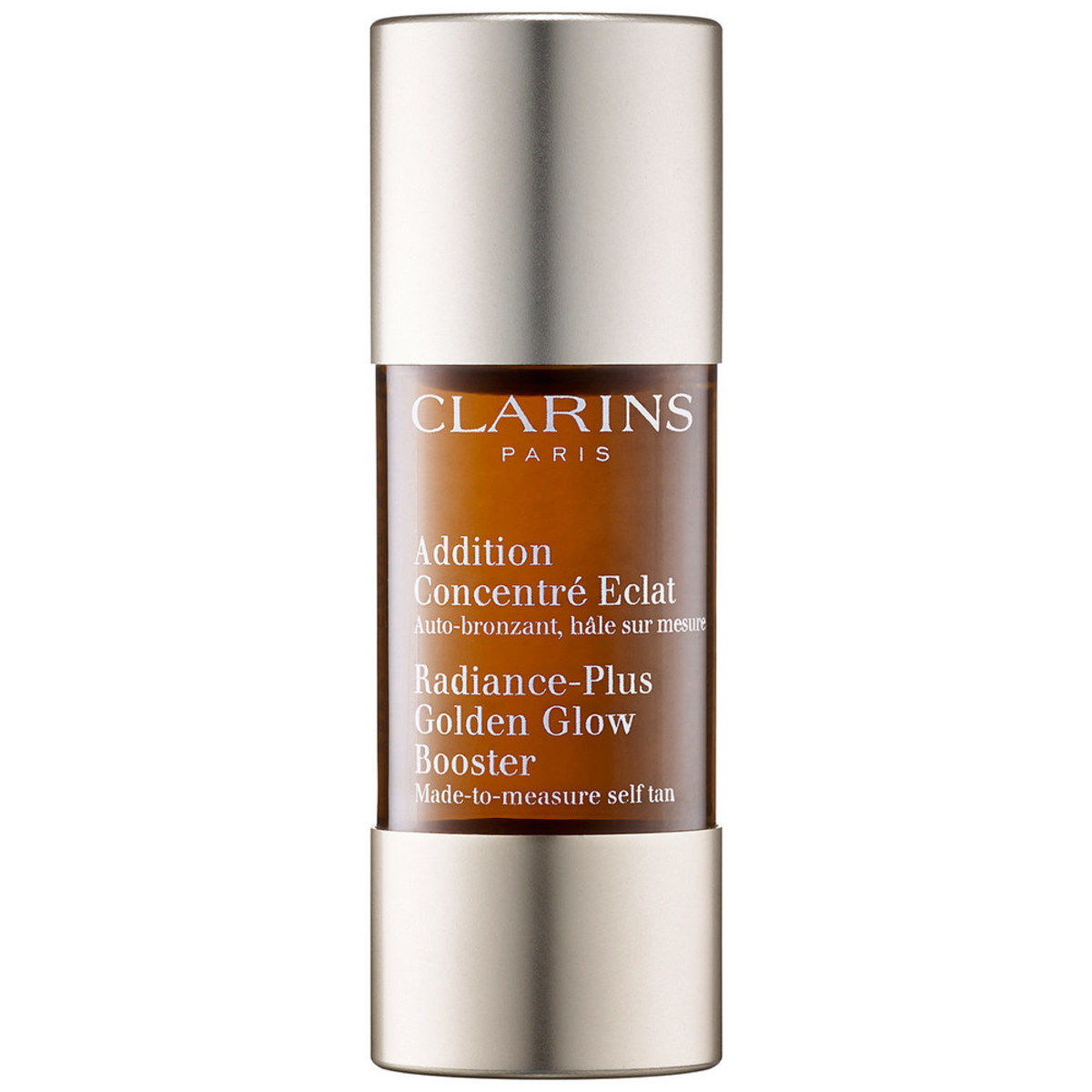

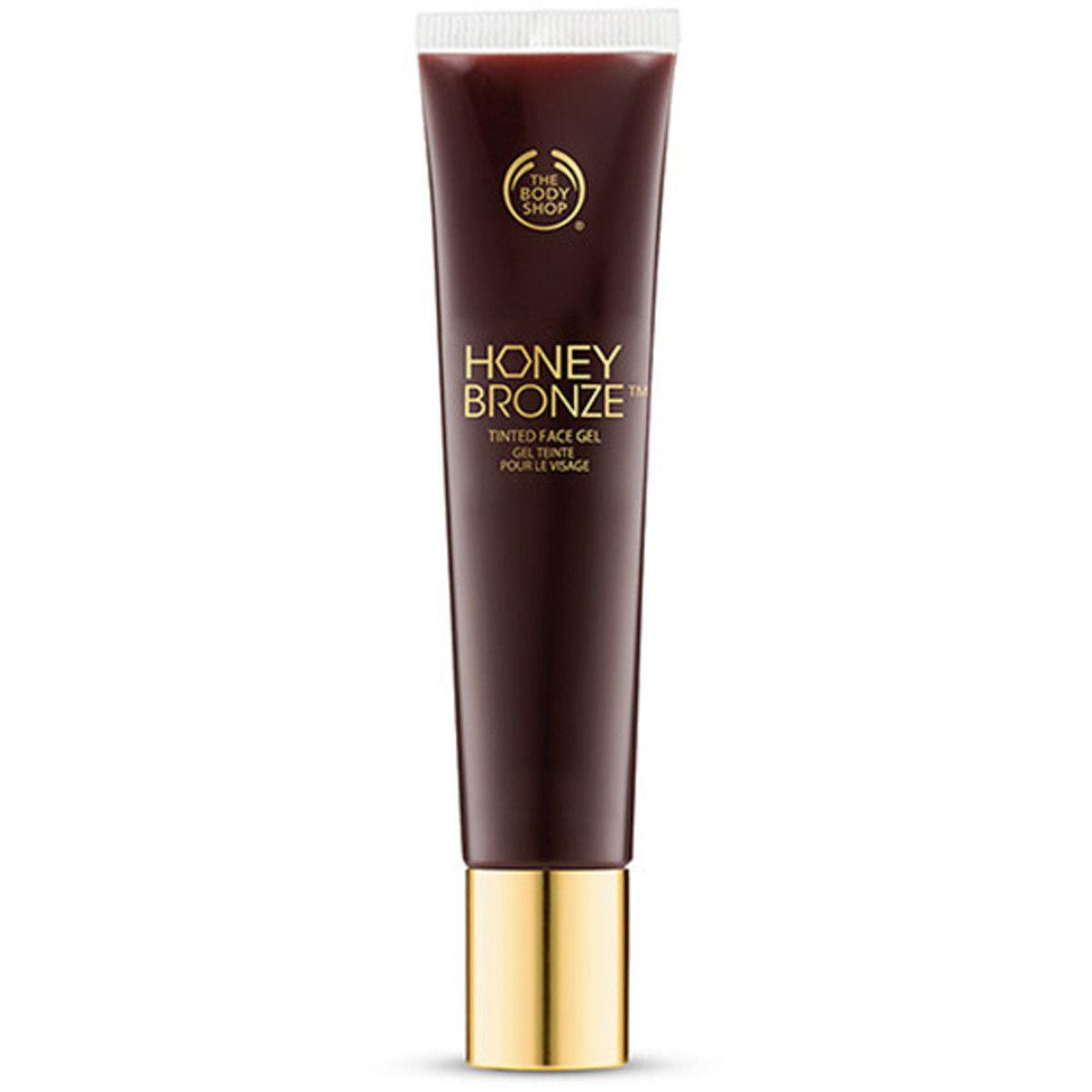
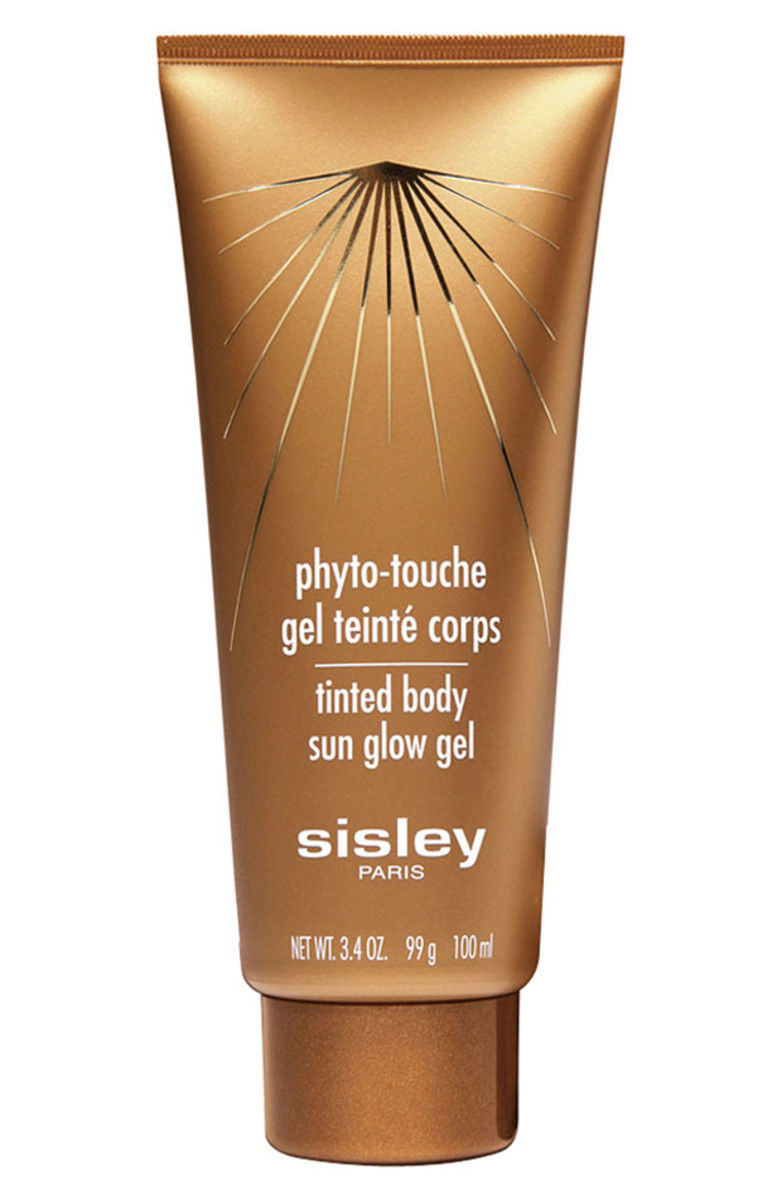
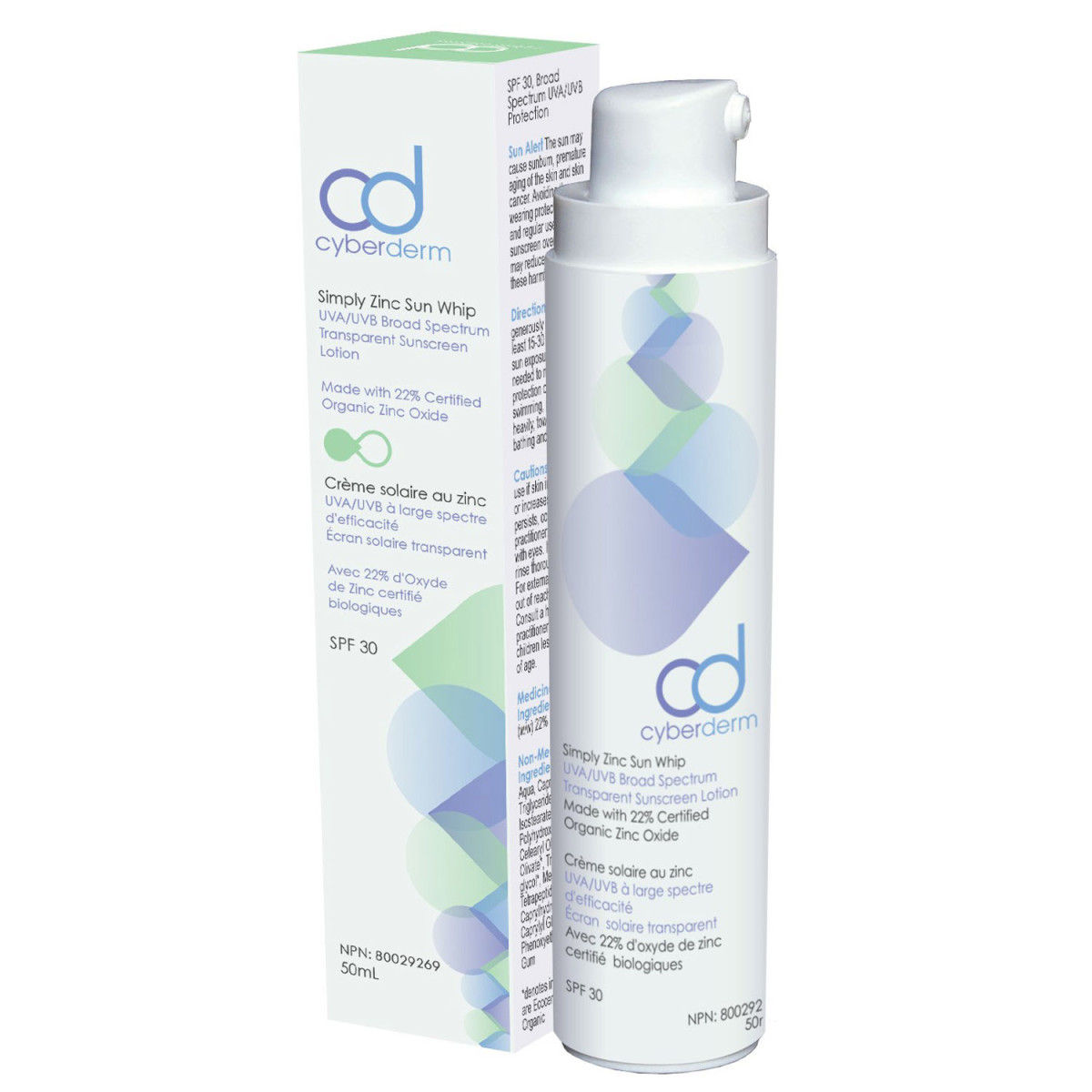


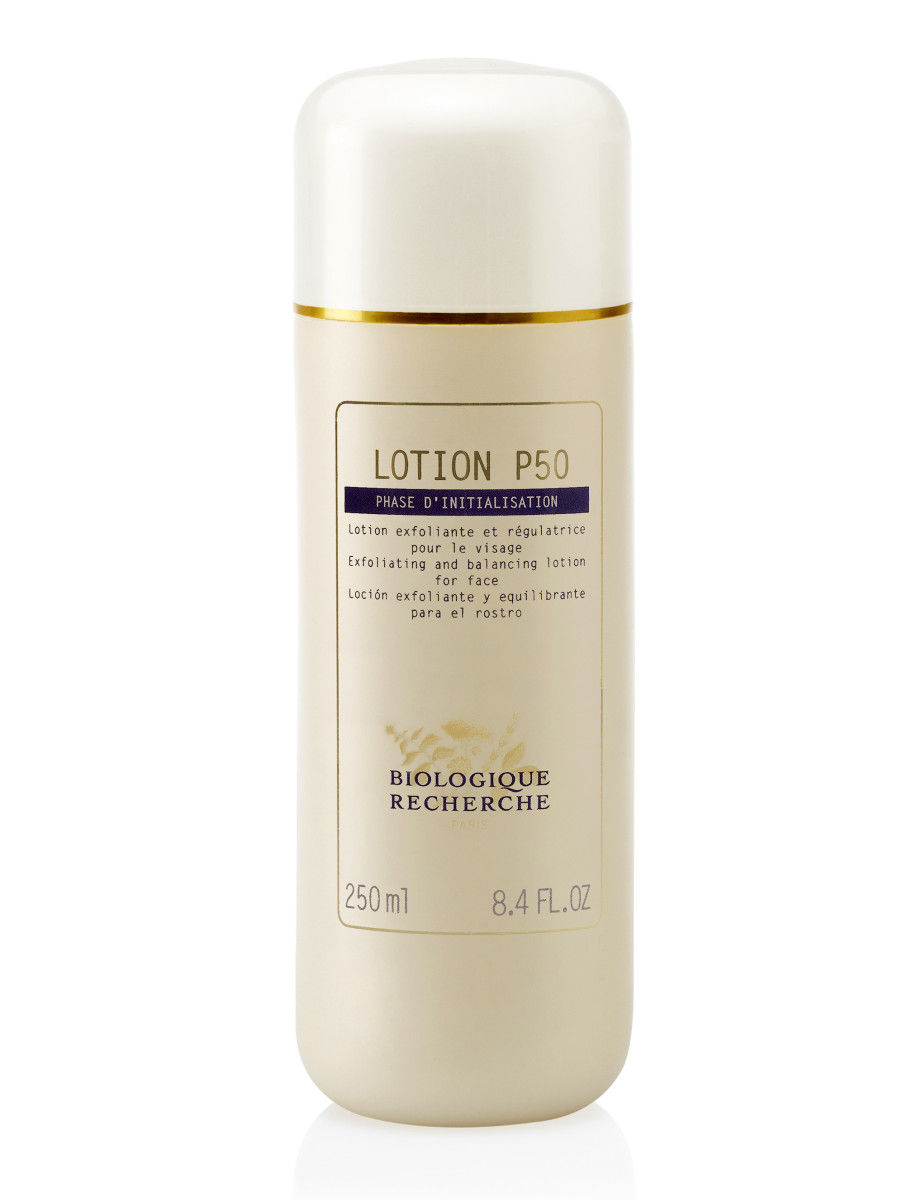
28.06.2024 @ 14:24
Wonderful perspective! The points you made are very enlightening. For further information, visit: DISCOVER MORE. Excited to hear your views!